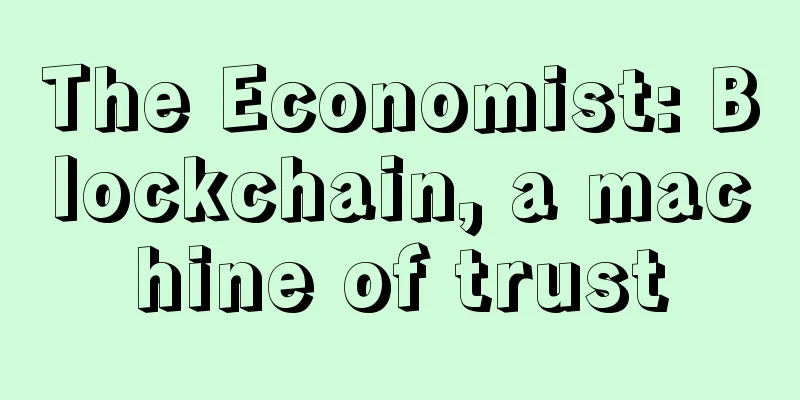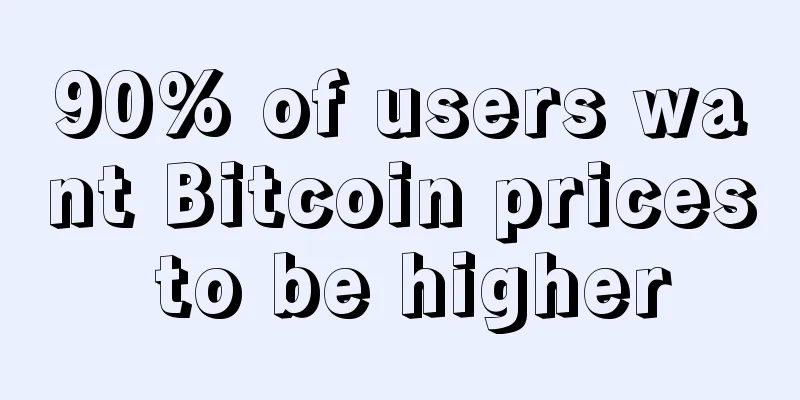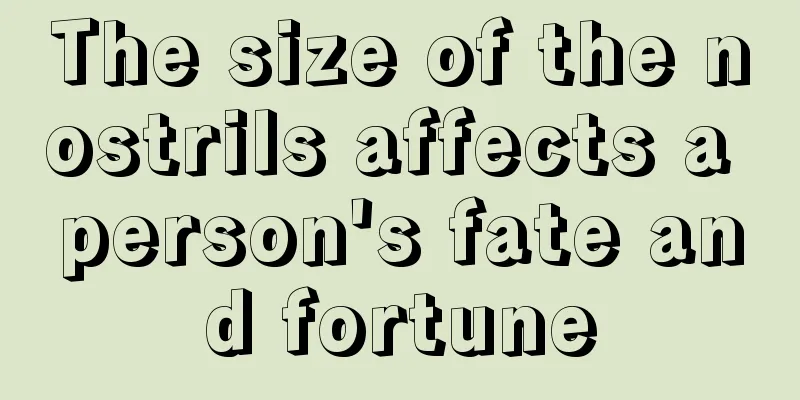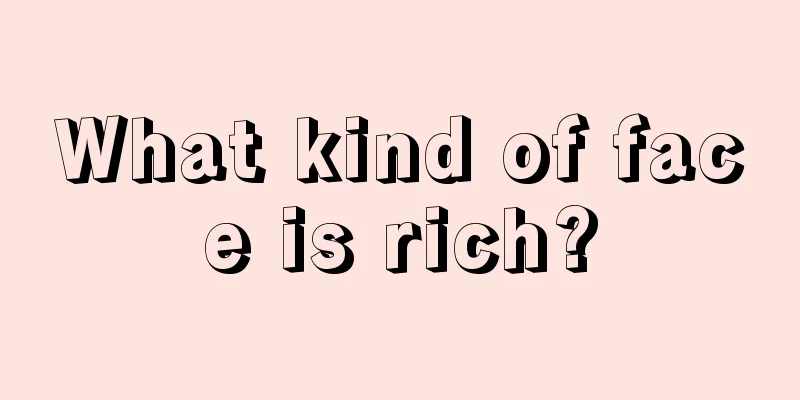The Economist: Blockchain, a machine of trust

|
Bitcoin has a bad reputation. The decentralized digital currency, backed by a vast network of computers, has gained a notorious reputation for wild swings in its value, the enthusiasm of its backers and its erratic uses, including extortion, buying drugs on dark web bazaars and hiring thugs. This is unfair. The value of a bitcoin has been fairly stable, at $250 for much of this year. The skepticism of regulators and financial institutions has given way to enthusiasm (the European Union recently recognized it as a currency). But what is most unfair is that bitcoin’s shady image has led people to overlook the huge potential of “blockchain,” the technology that underpins bitcoin. The implications of this innovation extend far beyond cryptocurrency. Blockchain allows people to collaborate without trusting each other and without a neutral central authority. Simply put, it is a machine for creating trust . The blockchain food chainTo understand the capabilities of blockchain systems and what they can do, it is important to distinguish three things that are often confused among the public: Bitcoin as a currency, the specific blockchain that supports Bitcoin, and the concept of blockchain in general. A useful analogy is Napster, a company that was launched in 1999 and pioneered peer-to-peer file sharing services, but it was illegal and provided millions of free music tracks. Napster itself was quickly shut down, but it inspired many other peer-to-peer services. Of course, there are also many peer-to-peer services currently used to pirate music and movies. Despite its murky origins, peer-to-peer technology also found legal uses, paving the way for Internet startups such as Skype and Spotify. The same thing happened with Bitcoin. Blockchain is a more efficient technology. It is essentially a shared, trusted public ledger that can be checked by anyone, but no single user can control it. Participants in the blockchain system will jointly maintain the update of the ledger: it can only be modified according to strict rules and consensus. Bitcoin's blockchain ledger prevents double spending and keeps track of transactions. This also makes it possible to have a currency without a central bank. The blockchain is also the latest example of an unexpected achievement in cryptography. Mathematical encryption is used to condense raw pieces of information into a code, called a hash. Any attempt to tamper with any part of a blockchain would be immediately exposed because the new hash would not match the old one. The same science that allows information to remain confidential (important for encrypted messaging, online shopping and banking) is also, paradoxically, a tool for open transactions. Bitcoin itself will probably always remain a curiosity. However, blockchain has many other uses because it satisfies the need for a trustworthy record, which is important for every type of transaction. Now, there are dozens of startups looking to exploit blockchain technology, either building on the bitcoin blockchain or creating new blockchains of their own (see article). Ideas exist for things like These new blockchains don’t have to work the same way as Bitcoin. Many of them could tweak their models, for example by finding alternative ways to maintain the process of “mining” (paying participants with newly generated bitcoins in return for the computing power they provide to maintain the ledger). Some censored participants in some industries might choose to join a private chain because they don’t need as much security. Blockchains could also implement business rules, such as transactions that only occur when two or more parties agree, or when another transaction has been completed first. As with Napster and p2p technology, a clever idea is being modified and improved. In the process, it’s quickly shedding Bitcoin’s shady reputation. New chains on the blockThe spread of blockchain is not good for anyone in “honest business” (central institutions and bureaucracies like banks, clearing houses, and government authorities), and even if some banks and governments are exploring leveraging this new technology, others will oppose it. However, given that governments and banks have decentralized trust in recent years, it may not be a bad thing as a way to create more oversight and transparency. It would be a mistake to draft blockchain regulations at this early stage: the history of p2p technology tells us that it will take several years for the full potential of this technology to become clear. In the meantime, regulators should keep their hands free or find ways to develop new approaches within existing frameworks rather than being too rigid and risk stifling this rapidly evolving idea. The idea of a shared public ledger may not sound revolutionary or sexy. But so do double-entry bookkeeping and joint-stock companies. And blockchain, like them, is a distinctly mundane process, but it has the potential to change how people and businesses work together. Bitcoin enthusiasts have been mesmerized by the ideal of pure free will, the ability of digital money to transcend any central bank. The real innovation is not the digital money itself, but the trust machine that mints it, and it promises much more than that. ---- Original article: http://www.economist.com/news/leaders/21677198-technology-behind-bitcoin-could-transform-how-economy-works-trust-machine |
<<: Bitcoin Magazine reports that BTCC officially launches 20x leverage professional trading
>>: Deloitte partners with blockchain startup Colu
Recommend
Several top blockchain technology companies announced their support for the exchange alliance
Once the Exchange Alliance ICO project white pape...
Illustration of what kind of palm lines make girls most miserable?
What is a miserable life? Marrying a bad husband ...
A look at the most popular Bitcoin liquidity staking protocols
The field of Bitcoin liquidity staking protocols ...
Analysis of the facial features and fate of a woman with messy and uneven teeth!
Every girl wants to have a neat set of teeth. A p...
Latest News | Decentralized network storage protocol Ceramic launches Clay testnet
Editor of this article: Interstellar Vision IPFSN...
Is Chia, the only project in history that has caused hard drives to be out of stock, really a mining opportunity for ordinary people?
This is the 1338th original issue of the Vernacul...
The facial features of people with evil intentions
In real life, there are always some people who sa...
A woman who puts her family first
In fact, everyone has their own ideas and conside...
How to tell the gender of the baby based on the face
How to tell the gender of the baby based on the f...
Untrustworthy and unreliable female appearance
What is in the heart will be reflected in the out...
【Filecoin Weekly Report-85】Venus optimizes the latest Tipset expansion and calculation
This article was originally written by IPFS Force...
Family plays a big role in these faces. Full cheekbones
Since ancient times, each of us has placed family...
What kind of face does a man have to get rich? What kind of face does a man have to have to get rich?
Some people are born with good luck and can easil...
What is the fate of people with Yuanbao lines on their palms? Which kind of palm lines are good?
What is the fate of people with Yuanbao patterns ...
What does a black mole on the sole of the foot mean?
There are many moles on our bodies that we cannot...









